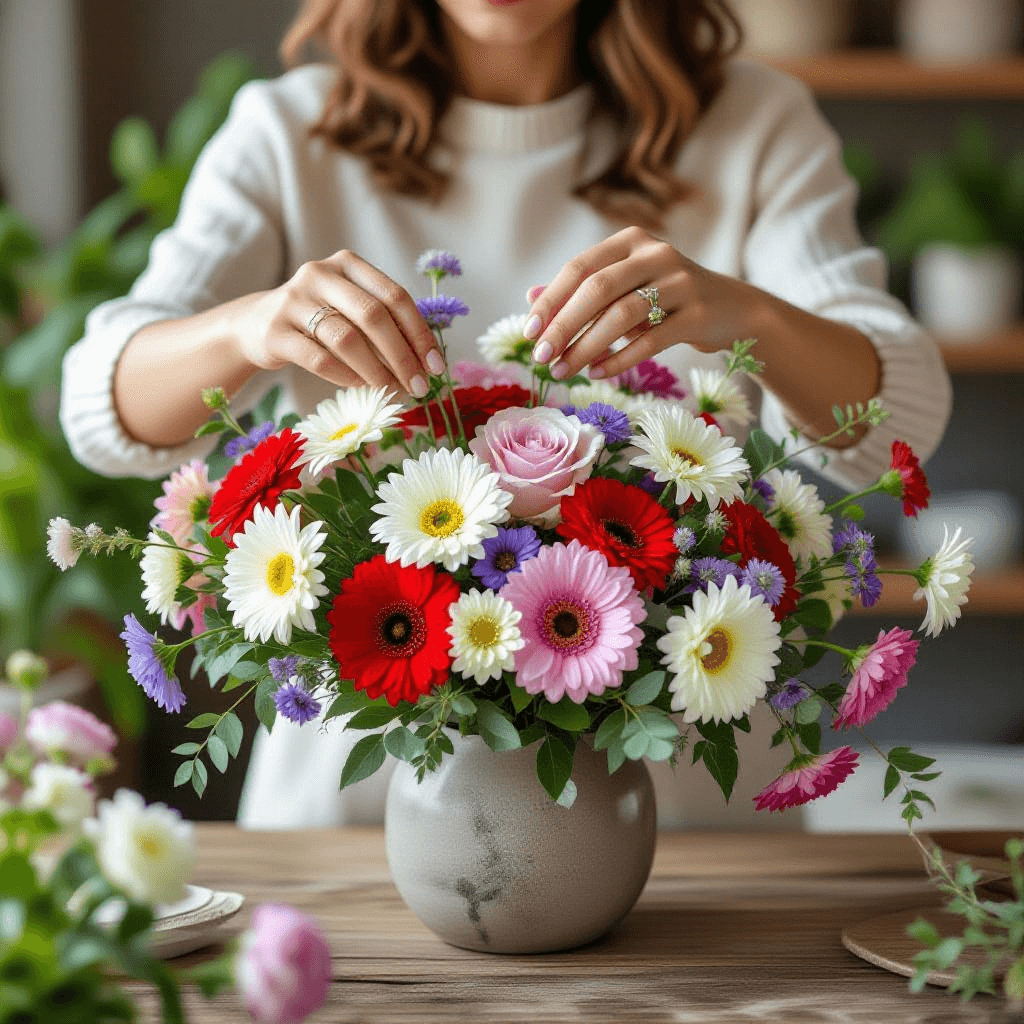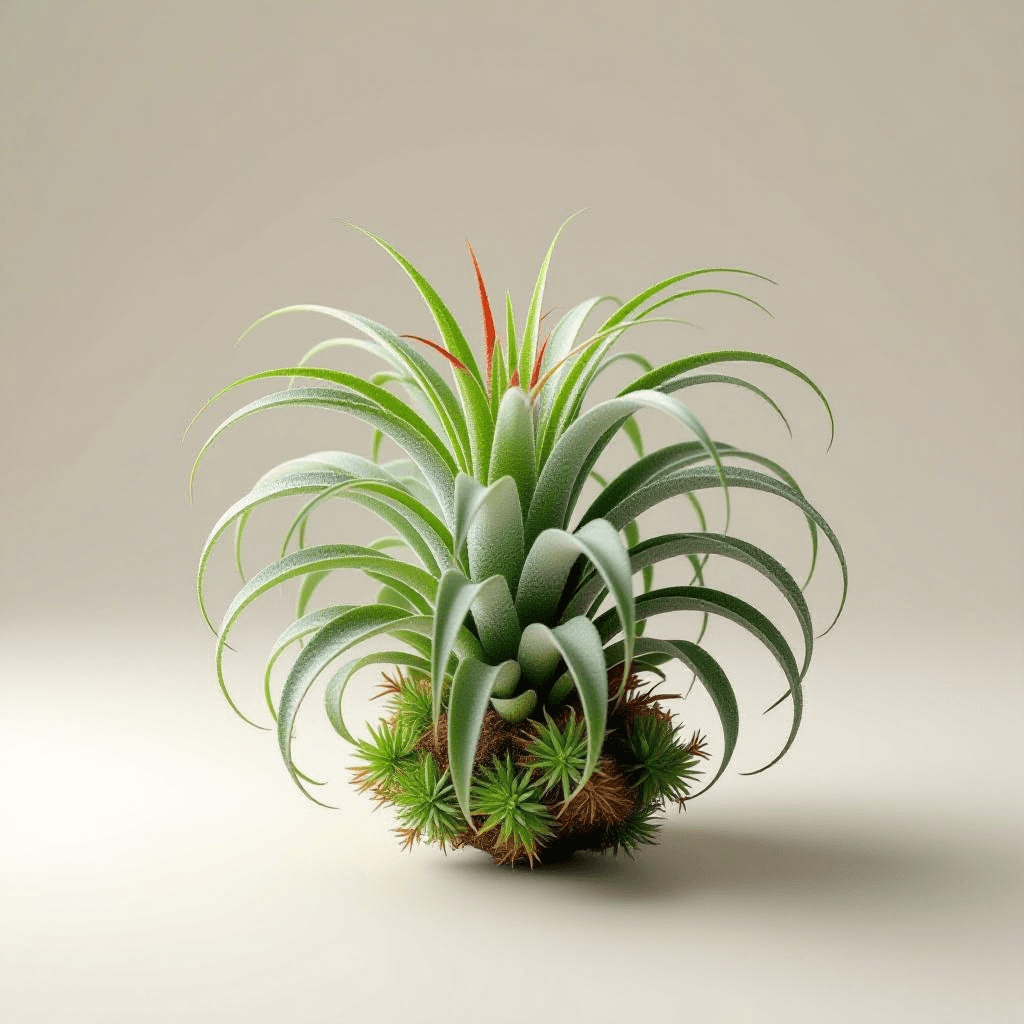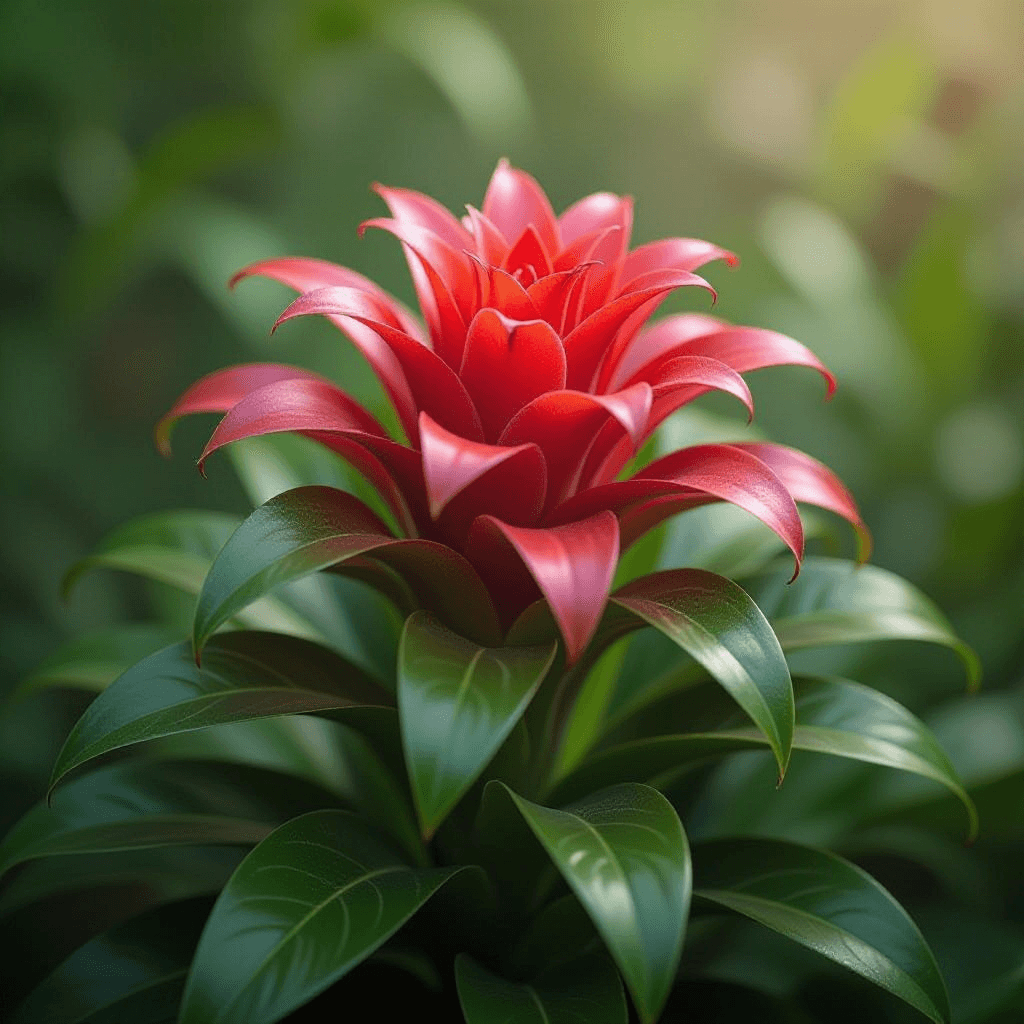Understanding Cutting Gardens
A cutting garden is a designated space where individuals cultivate flowers specifically for the purpose of floral arrangements, home decoration, or gifting. Unlike traditional gardens, which may prioritize aesthetic value or biodiversity, cutting gardens focus primarily on producing blooms that can be cut and brought indoors. This intentional design offers a myriad of benefits, making it an appealing choice for both novice and seasoned gardeners.
The foremost advantage of a cutting garden lies in its ability to provide a constant supply of fresh flowers. Having a dedicated area for growing blooms means one has ready access to beautiful flowers for various occasions, such as enhancing home decor, commemorating special events, or creating thoughtful gifts for friends and family. This convenience not only enhances the quality of one’s living space but also fosters a deeper appreciation for nature’s beauty.
Establishing a successful cutting garden requires attention to several key factors. Sunlight is crucial; most flowering plants thrive in full sun, necessitating a location that receives at least six hours of direct light daily. Furthermore, soil quality and drainage are essential components; selecting nutrient-rich soil that facilitates good drainage promotes healthy plant growth. Space considerations are equally important, as cutting gardens need ample room to accommodate plant growth while allowing for easy access when harvesting blooms.
Moreover, planning for a cutting garden extends beyond initial planting. Understanding seasonal flowering times is vital to ensure a continuous supply of blooms throughout the year. By selecting a diverse mix of flowers that bloom in different seasons, gardeners can enjoy a vibrant array of colors and textures, providing visual interest from spring through winter. Overall, a cutting garden offers a fulfilling gardening experience, yielding both beauty and utility while enriching one’s surroundings.
Top Flower Choices for Cutting Gardens
When selecting flowers for cutting gardens, a variety of factors must be considered, including bloom types, colors, and seasonal availability. Some of the best flower varieties are not only visually appealing but also enhance the sensory experience with their fragrance and longevity. Among the most popular choices for cutting gardens are peonies, dahlias, sunflowers, zinnias, and snapdragons.
Peonies are a favorite for many gardeners due to their lush blooms and delightful scent. These perennial flowers are available in various colors, including soft pastels and vibrant hues. They thrive in well-drained soil and produce long-lasting stems, making them excellent for fresh bouquets.
Dahlias are another top pick, celebrated for their remarkable diversity in form and color. Ranging from small pom-pom shapes to large dinner-plate blooms, dahlias can add spectacular visual interest to any arrangement. Their late summer to fall bloom period ensures that they provide color when other flowers are fading.
Sunflowers offer a bright splash of yellow that can uplift any arrangement. Their sturdy stems and large heads create striking centerpieces, while their ability to attract pollinators is an added bonus for gardeners looking to promote biodiversity in their cutting gardens.
Zinnias are versatile annuals that showcase a cornucopia of colors and shapes. Known for their resilience to heat and drought, they are perfect for summer gardens. The long stems and daisy-like blooms make zinnias a popular choice for cuts, thriving in both fresh and dried arrangements.
Snapdragons, with their unique blossoms and vertical growth, add height and depth to bouquets. They come in several colors and are known for their longevity as cut flowers. These blooms are particularly enchanting when used in mixed arrangements alongside other favorites.
Moreover, integrating native plants into cutting gardens can enhance diversity and support local ecosystems. Consider incorporating lesser-known blooms like calendula or yarrow, which not only look beautiful but are also beneficial for pollinators and beneficial insects.
Ultimately, selecting a combination of traditional and unique flower varieties will result in a cutting garden that is as functional as it is beautiful, ensuring plenty of stunning blooms for all your floral arrangements.
Best Practices for Growing and Maintaining Your Cutting Garden
To successfully grow and maintain a cutting garden, it is essential to begin with proper soil preparation. Start by testing your soil to ascertain its pH level and nutrient content, which can guide you in amending it appropriately. Incorporating organic matter, such as compost or well-rotted manure, enhances soil fertility and structure, promoting healthy root systems for your flowers. Well-draining soil is crucial, as most flowering plants are susceptible to root rot in overly saturated conditions.
Planting techniques also play a vital role in the success of your cutting garden. Select a variety of flowers that bloom at different times to ensure a continuous supply of cuts throughout the growing season. Space your plants adequately to promote airflow, reducing the risk of fungal diseases. When transplanting seedlings, be mindful of the recommended depth and spacing on seed packets or plant tags. This attention to detail helps ensure that each plant receives the necessary resources for optimal growth.
Pest management is another critical aspect of maintaining a healthy cutting garden. Regularly inspect your plants for signs of insect infestations or diseases, and employ integrated pest management practices. This may involve introducing beneficial insects, such as ladybugs or lacewings, to combat harmful pests, or using organic pesticides when necessary. Additionally, keeping your garden clean and free of debris can significantly reduce pest populations.
Proper watering regimes are essential for both the growth of your flowers and the longevity of your cut blooms. Early morning watering is ideal, allowing plants to absorb moisture before the heat of the day evaporates it. It is important to water consistently but avoid overwatering, which can hinder root growth and lead to fungal problems. Lastly, when harvesting flowers, use clean, sharp tools to make angled cuts. This technique allows for better water uptake and extends the life of your bouquets significantly. By following these practices, you will enjoy a flourishing cutting garden that provides stunning flowers for arrangements.
Seasonal Blooms and Extending Your Flowering Period
Creating a cutting garden that boasts a continuous display of flowers throughout the growing season involves careful planning and selection of plant varieties that thrive during different times of the year. One effective strategy to achieve this is succession planting, which entails sowing seeds or planting seedlings at intervals. This technique enables gardeners to enjoy fresh, blooming flowers successively, rather than all at once. For instance, while early spring flowers such as tulips and daffodils can give way to summer favorites like zinnias and cosmos, late summer blooms, including asters and chrysanthemums, can extend the season into fall.
Companion planting also plays a vital role in maintaining a vibrant cutting garden. Certain flower varieties can enhance each other’s growth, attracting beneficial insects or deterring pests, thus fostering a healthier environment for blossoms. Flowers like marigolds and nasturtiums can provide protection for more delicate species. By strategically placing these plants together, gardeners can maximize their space while ensuring strong and healthy blooms.
The choice between annuals and perennials is another important consideration. Annuals such as snapdragons, sunflowers, and petunias typically provide an abundant flush of color and can bloom continuously when deadheaded regularly. On the other hand, perennials like peonies and daylilies may require a longer establishment period but will return year after year, contributing to the garden’s long-term beauty. To encourage reblooming in both types of plants, proper techniques such as deadheading—removing spent flowers—and regular fertilization are crucial. These practices not only promote healthier plants but also ensure that your cutting garden remains vibrant and full of life from spring through fall, providing an ample supply of stunning blooms for your arrangements and displays.


